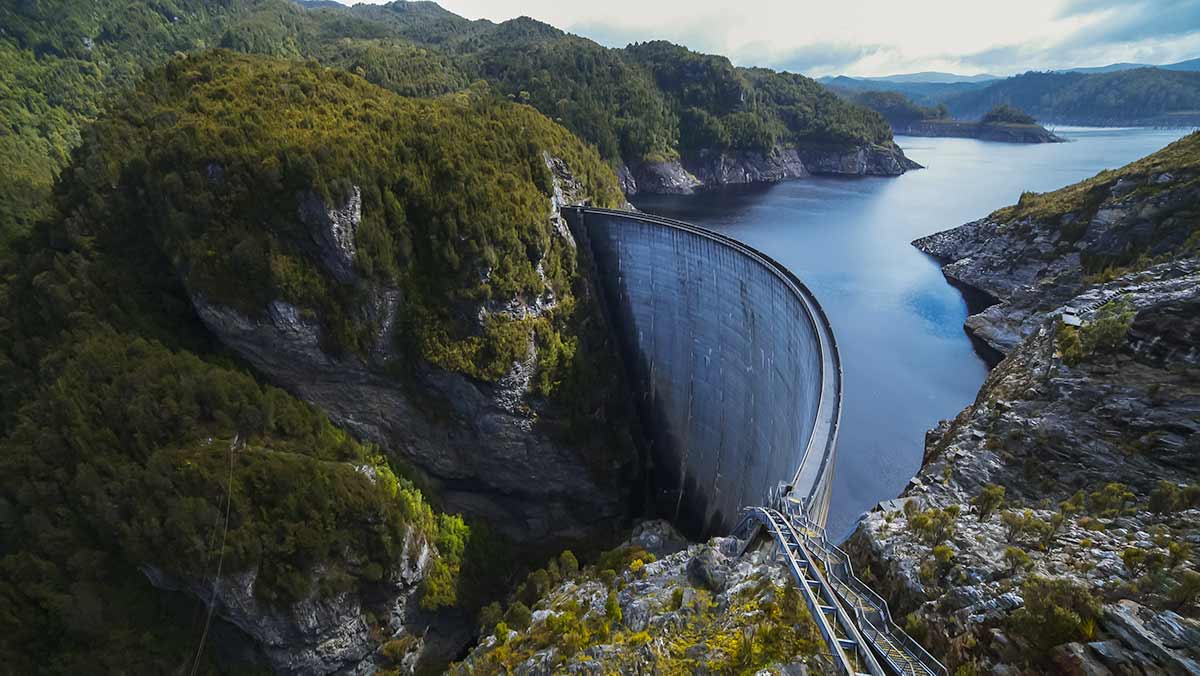Lower cost batteries, and market changes sink proposed pumped hydro project in NSW

Rachel Williamson
Sep 18, 2025
Pumped Hydro, Storage
Global engineering and energy infrastructure giant Atco has dumped its plans for a large pumped hydro project in New South Wales (NSW), citing intense competition from other energy storage projects and technologies.
The Canadian-based Atco has pulled the 325 megawatt (MW), eight hour Central West Pumped Hydro Project from the federal environmental approvals queue and says it tried for 18 months, without success, to make the project commercially viable.
It blamed “the evolving storage technology landscape”, changes in market conditions, and a shift towards bigger pumped hydro projects with meant it couldn’t find a way towards a commercial future.
“Pumped hydro projects are complex and carry high geotechnical and construction risk,” the company says on its website.
“The economics for eight-hour pumped hydro projects are challenging, and we have not been able to configure a longer-duration project on the site.”
Battery prices have also been collapsing around the world, and although lithium storage lasts a tenth of the lifespan of a hydro facility, planning and installation can each be measured in months, rather than years. Big batteries have been the biggest winners of the state’s long duration storage tenders.
Atco bought the project in 2021, which was to have been fed by the Fish River but located on private land 4km south of Yetholme in central-west NSW and 21km southeast of Bathurst.

Call me Ishmael
But if Atco has folded its plans forever in the face of mounting challenges, there are still 22 pumped hydro proposals around Australia that are still live, according to data from RenewMap.
Of these 10 have planning applications being assessed by states, and 12 are still thought-bubbles that haven’t yet lodged formal applications.
With Atco out, in NSW there are five projects left that are under assessment by the state.
Acen Australia’s Phoenix project near Lake Burrendong won a long term energy service agreement (LTESA) in February. That will be an 800 MW, 15 hour storage system.
It’s still at the earliest stages of state planning, but in its scoping report lodged two years ago Acen had hoped to build it between 2025 and 2029.
EnergyAustralia and EDF Renewables, and AGL, also lodged planning applications for two pumped hydro projects in 2023 and remain at the same stage of planning as Acen’s Phoenix.
AGL’s proposal is the 500 MW, eight hour Muswellbrook project and the EnergyAustralia/EDF project is the 385 MW, eight hour Lake Lyell project.
Yancoal and Alinta also have projects under assessment. Respectively the 900 MW Oven Mountain project near Armidale is nearing the end of its approvals journey, as is Yancoal’s Stratford Renewable Energy Hub which consists of a 300 MW pumped hydro unit and a 320 MW solar farm.
Thar she blows Pumped hydro is Australia’s big white whale.
It’s often proposed as the solution to the long duration storage gap required to back up wind and solar power, but to date has been almost impossible for private companies to get off the ground.
The concept is different to hydro as it uses two reservoirs to store water, which is pumped uphill for later use using cheap electricity and released later during periods of high demand.
Australia has four operating pumped hydro stations, the Kangaroo and Bendeela stations in Origin Energy’s Shoalhaven scheme in NSW, Snowy Hydro’s Tumut 3 station which is part of the bigger Snowy scheme, and CleanCo’s Wivenhoe power station in Queensland.
The vastly over-budget and overtime government-funded Snowy 2.0 is still under construction.
The Kidston project in Queensland will be the first privately-developed pumped hydro in Australia in 40 years, owner Genex Power says, although it was almost entirely funded by government agencies. It is also facing delays in construction, with the completion date now pushed out to the new year
reneweconomy.com.au
My comments:
Unfortunately pumped hydro is doomed except in rare circumstances.
Many of us in the engineering world are changing our opinions on it in today's world.
Battery storage is vastly more flexible and cheaper with a much lower environmental footprint.
Eric |






